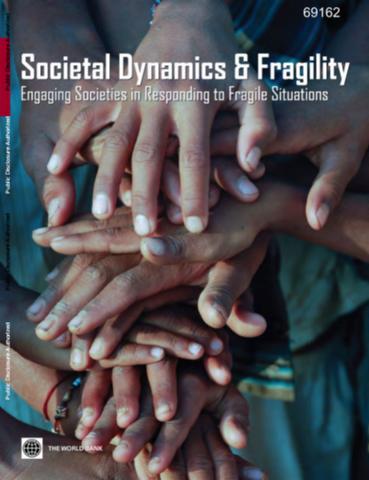Resource information
Extreme fragile situations are now home to at least a quarter of the worlds people. In the worst cases, where fragility has given way to open violence - people are more than twice as likely to be malnourished, more than three times as likely to be unable to send their children to school, twice as likely to see their children die before age five, and more than twice as likely to lack clean water. It is unsurprising that not a single low-income country in these circumstances has been able to achieve even one Millennium Development Goal (World Bank 2011). In addition, many fragile situations generate spillover effects such as trafficking in illegal goods and persons, and corruption, which threaten the stability of neighboring countries (Organization for Economic Cooperation and Development, or OECD 2005, 2010). This study views fragility as not only a problem of state capacity, but also of relationships in society. That is, while some elements of fragility emanate from the state, others are deeply rooted in societal dynamics, the way individuals and groups interact and the relationships that form out of these interactions.


